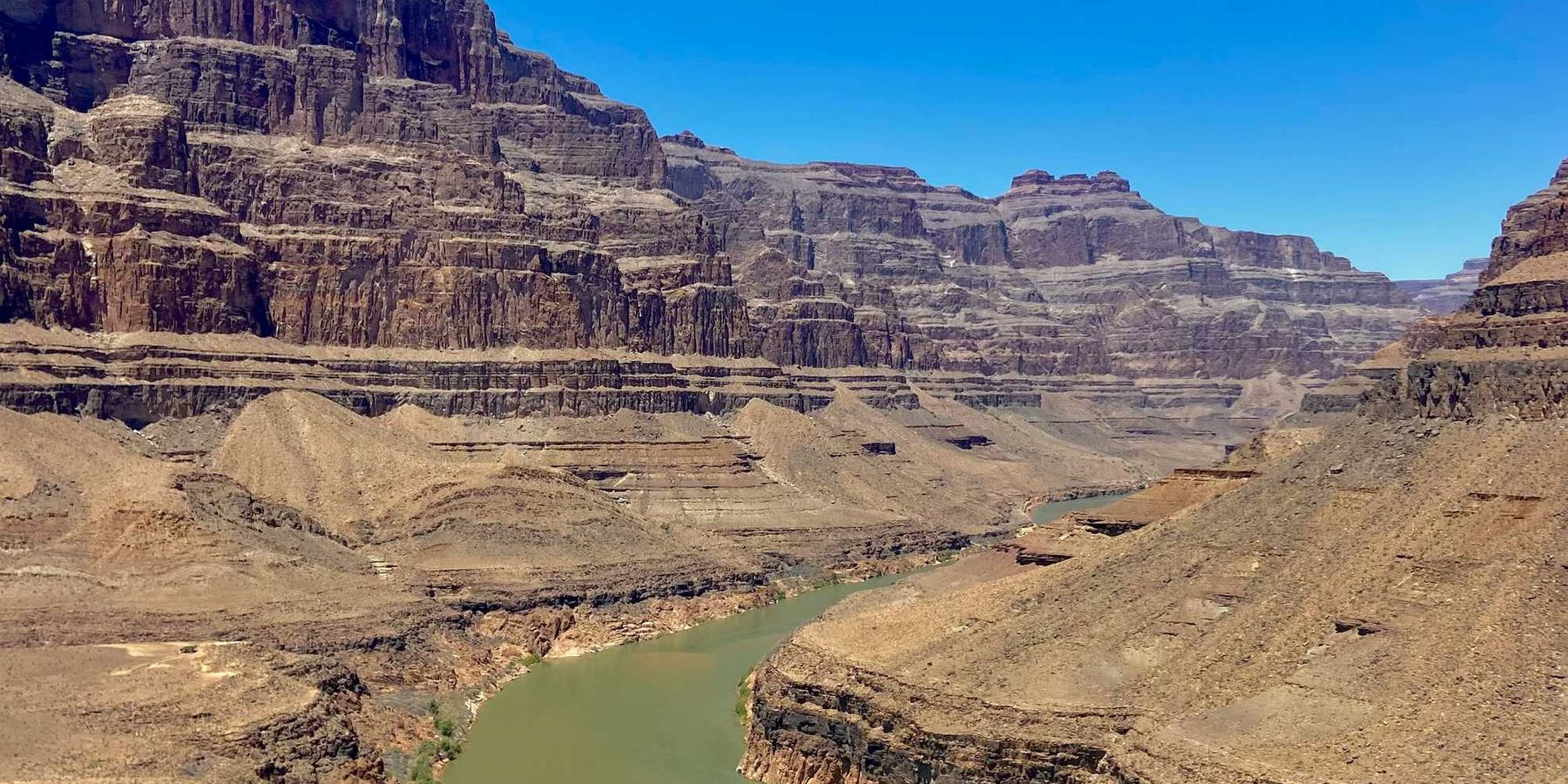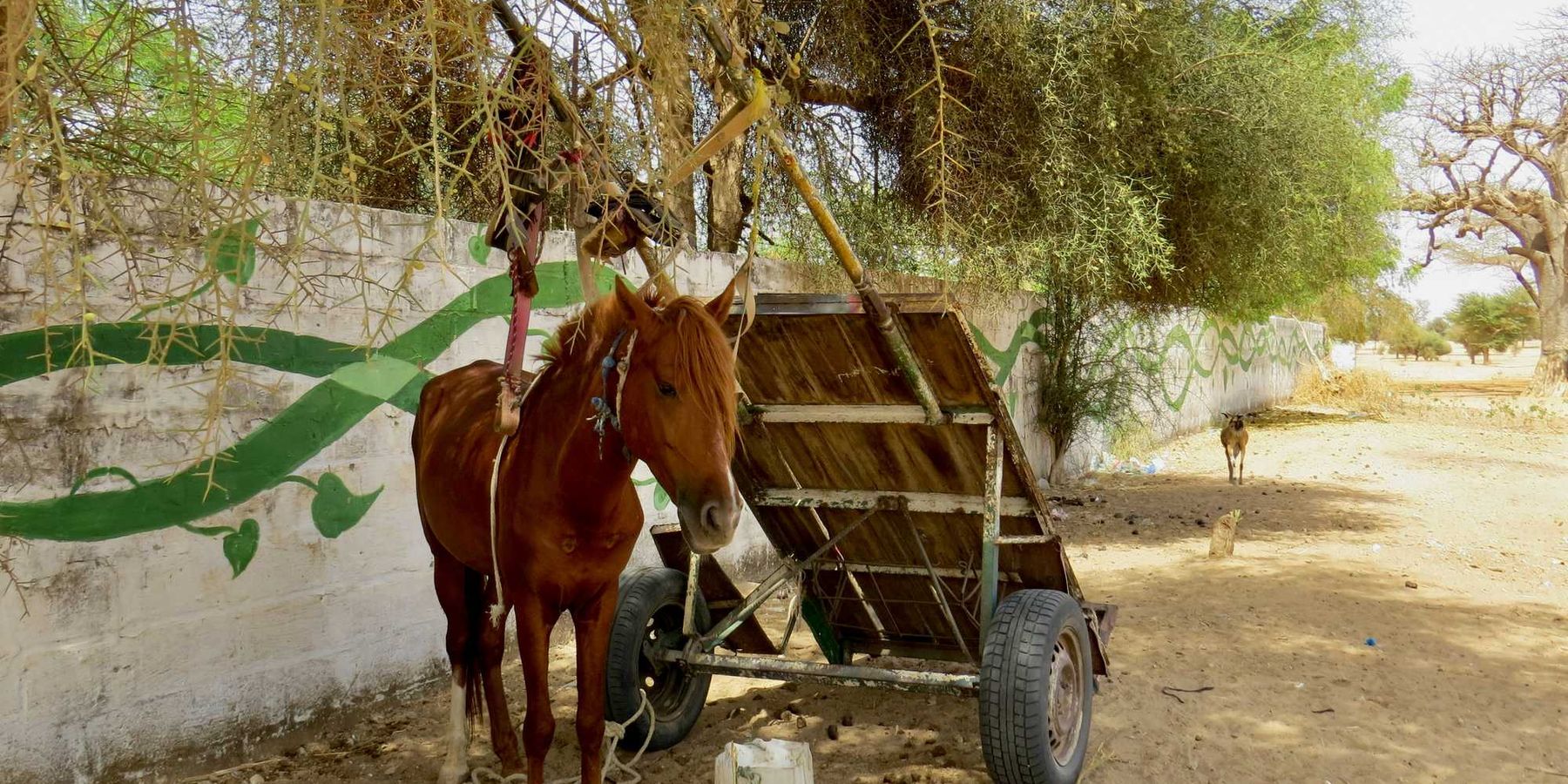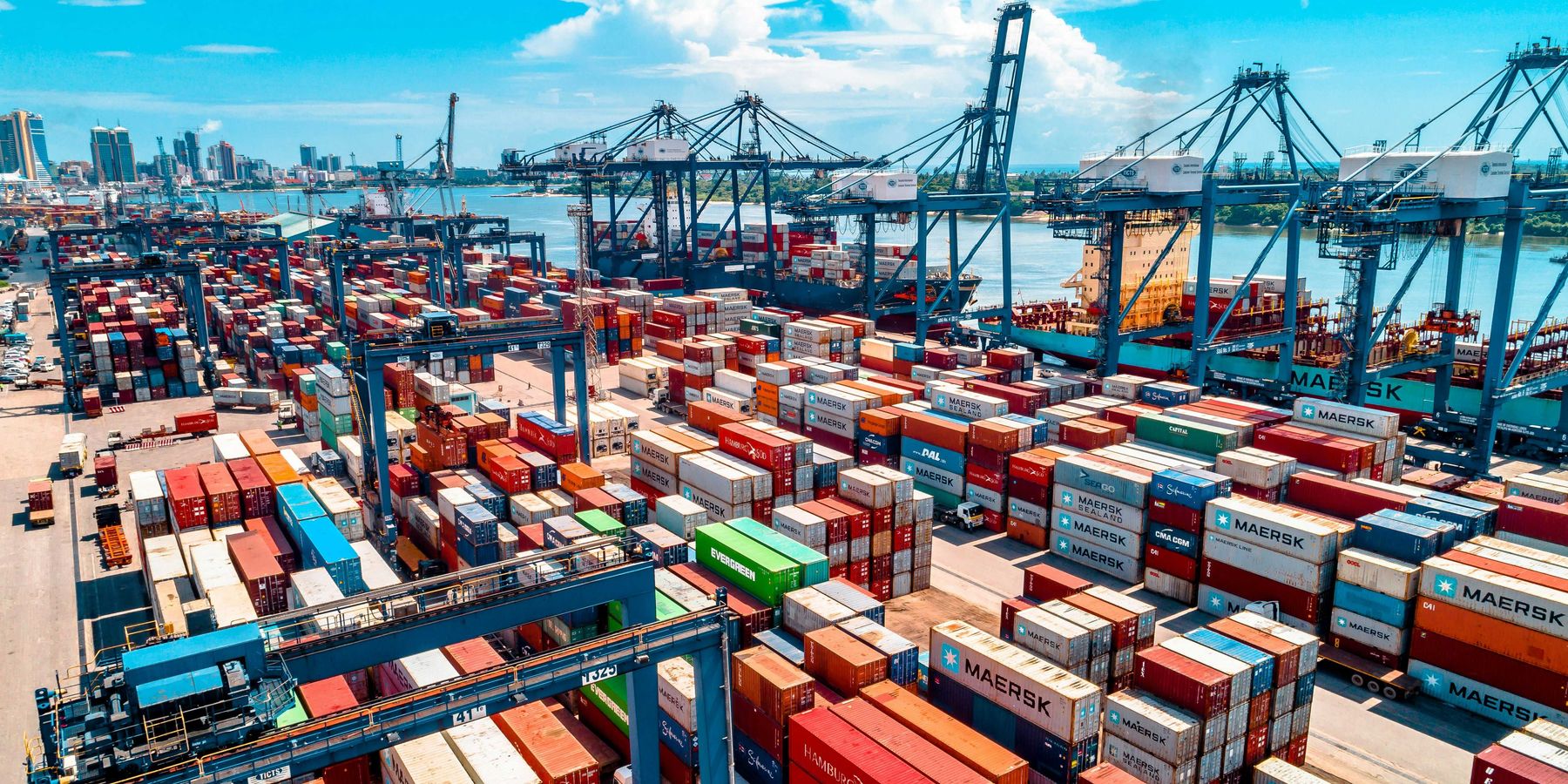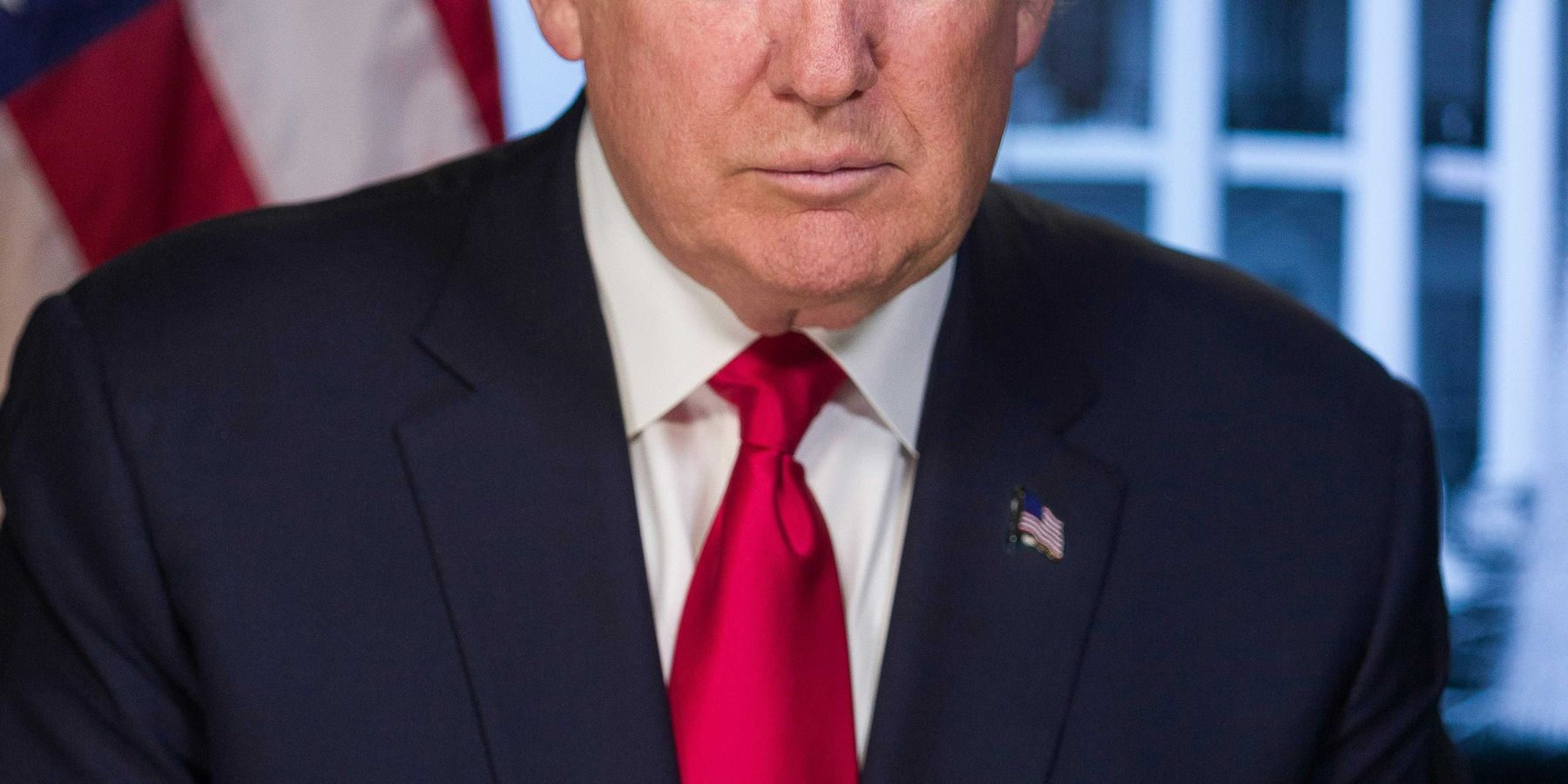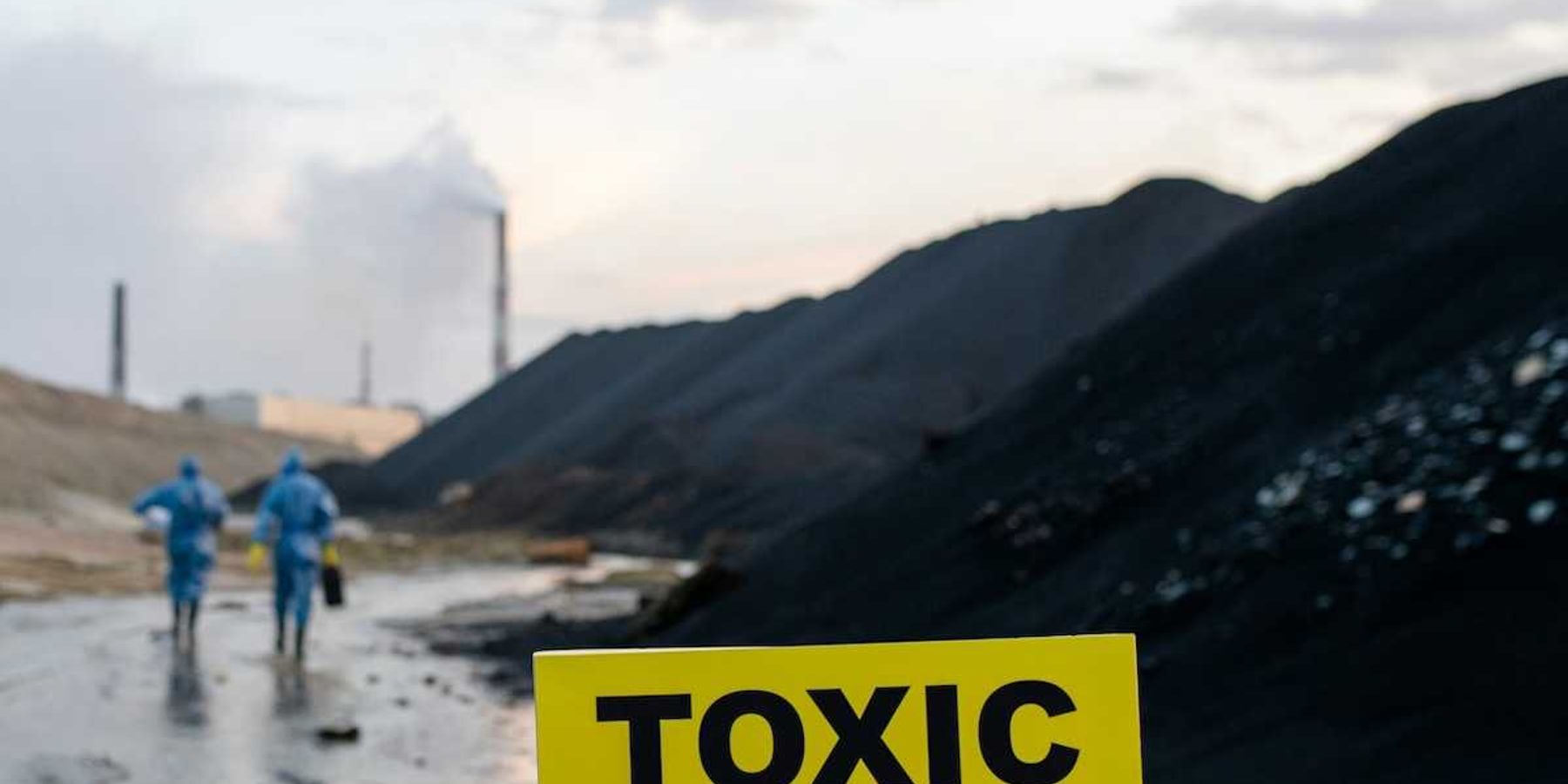Republicans pivot to single sweeping bill for energy and tax overhaul
House Republicans are consolidating their legislative efforts into one expansive bill, aiming to address energy, tax and border policies while sidestepping procedural hurdles.
Garrett Downs reports for E&E News.
In short:
- Republicans plan to streamline permitting reform and energy policy into a single reconciliation bill, focusing on revenue-generating projects like oil and gas leases and repealing clean energy tax breaks.
- House Speaker Mike Johnson set an aggressive timeline to deliver the bill to President-elect Donald Trump by April, prioritizing energy independence, tax cuts and border security.
- GOP leaders are strategizing to use reconciliation rules to bypass Senate opposition, emphasizing revenue-driven initiatives, despite challenges balancing conservation spending and climate-related guardrails.
Key quote:
“I don’t think there’s any question that energy is going to be where we’re going to get a big pay-for.”
— Rep. Kevin Hern, Republican Policy Committee chair
Why this matters:
Tax cuts and drilling revenue might look good on paper, but slashing clean energy incentives risks derailing the country’s already fragile progress on climate-warming emissions reductions. As the clock ticks, expect battles over climate safeguards, conservation funding and what “energy independence” really means in an era of escalating climate risks.
Read more: The real scam — rail against renewables, run away with factories

